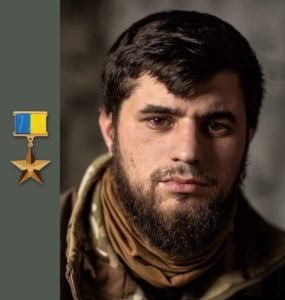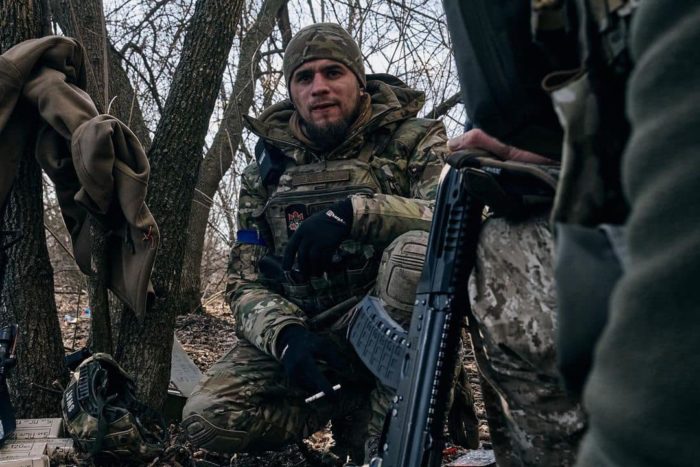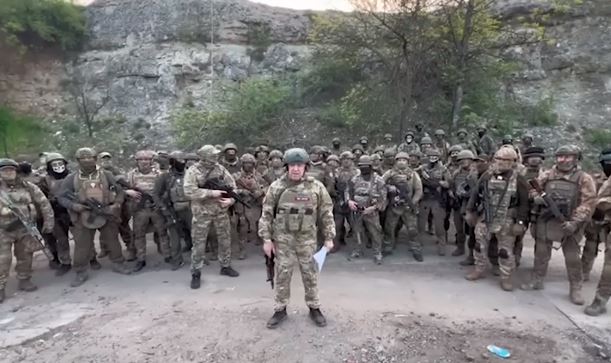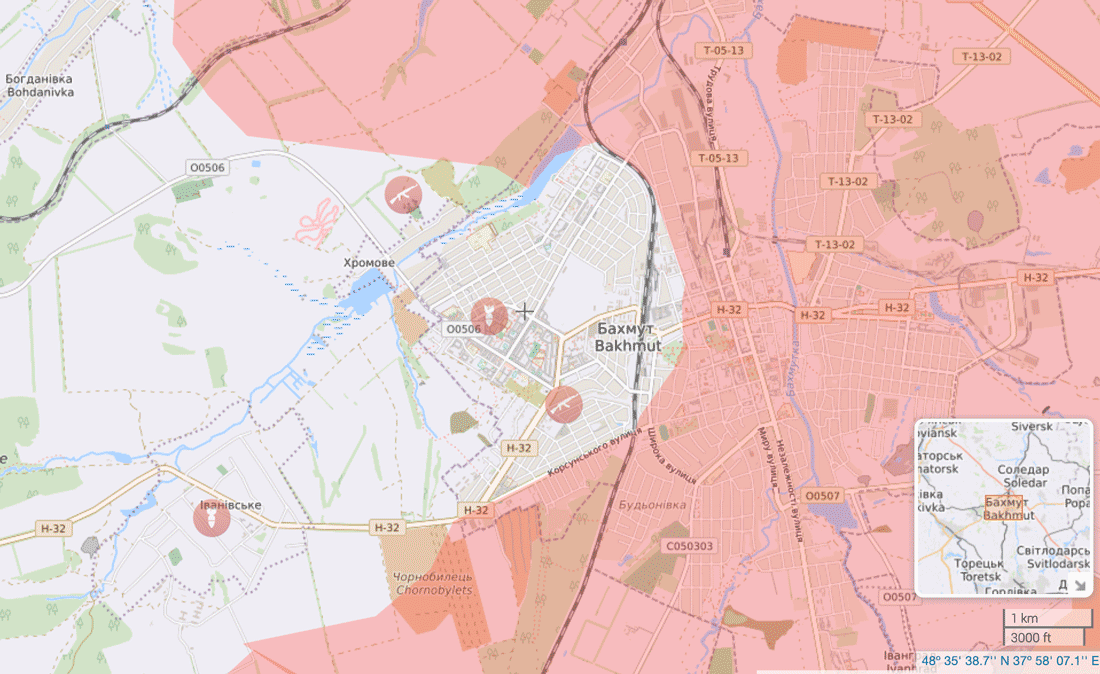Thousands of mourners, including Ukraine's top war officials, lined the streets and knelt on Kyiv’s main square at the funeral of war hero Da Vinci, who was killed by Russians in the battle for Bakhmut. Dmytro Kotsiubailo was a legend, one of the many young men and women born in an independent Ukraine who were ready to change the world. Here is his story.
Da Vinci’s brief but eventful life story is emblematic of Ukraine’s young and determined post-independence generation. Born in rural communities or large cities, most of these under-thirty young men and women took part in the Euromaidan movement of 2014. They did not hesitate to enlist as volunteers, fighters, or paramedics when Russia launched its full-scale invasion of Ukraine in February 2022.Hundreds of people gathered in Kyiv near the St. Michael Cathedral and then followed the procession on the Independence Square (Maidan) to say the last goodbye to the Hero of Ukraine and the youngest awarded commander Dmytro Kotsiubaylo (callsign Da Vinci) https://t.co/WF7A5Lpwfq pic.twitter.com/Jzy4axOSjL
— Euromaidan Press (@EuromaidanPress) March 10, 2023
“Peace at any cost is the philosophy of slaves, because free people know that the true price of peace is Victory. From the first days of Maidan, we have been fighting for our right to be truly free and worthy representatives of our nation. Freedom is not free. It must be fought for. War does not end in peace. It ends in Victory. Glory to Ukraine!”These words were posted by Dmytro “Da Vinci” Kotsiubailo, Hero of Ukraine, Defender of Ukraine, Maidan activist. On 7 March, 2023, Dmytro Kotsiubailo, the youngest battalion commander in the history of the Ukrainian Army, was killed near Bakhmut.
Ukrainian Army officers under 32 explain the meaning of Independence
The early years
Dmytro Kotsiubailo was born on 1 November 1995 in the village of Zadnistrianske, Burshtyn Territorial Community, Ivano-Frankivsk Oblast. He completed his primary school years at Bovshivka Secondary School and then went on to study at the Professional Art and Construction Lyceum in Ivano-Frankivsk. Dmytro loved art and sketching, and that is why he decided to adopt the call sign “Da Vinci”. His teachers remember him as a small, slender, self-effacing young man. He was also very smart, quiet and hard-working.“He would come in and sit very quietly in the corner desk of the back row. But, no matter the task or the project, he would always create something interesting. Like I’d ask him to draw a poster for New Year’s… and he’d come up with something very unique. He used pencils, ordinary paints or worked on stained glass. He also loved batik and he was very good at it,” says art teacher, Olha Komarchuk.Mykola Hladkyi, senior teacher at the lyceum, recalls that Da Vinci was fascinated by the history of Ukraine. At a very young age, he even established a small folklore museum in his village, scouring the region for interesting artifacts.
“He bought himself a metal detector, travelled around the Prykarpattia region, collected antiques and brought them back to his museum,” says Hladkyi.Da Vinci visited his native village several times a year. The family had a small farm, and he would help his grandmother with household and farm chores. He ploughed, hoed and planted the fields, felled the trees, and gathered firewood for the winter.
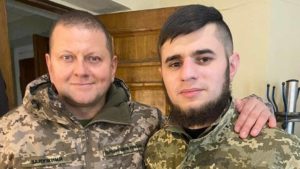
Da Vinci and the call of Maidan

“We thought that people like Dmytro could not die,” concludes teacher Svitlana Kysylytsia.
The Donbas war 2014 and the Da Vinci Wolves
During the Revolution of Dignity in 2014, when Russian troops invaded and occupied Crimea and parts of Luhansk and Donetsk Oblasts, young Dmytro, who was only 18, joined a group of volunteer fighters and headed to eastern Ukraine. Thousands of Ukrainians, young and old, men and women, went straight from the Maidan to the battlefields of the Donbas. At first, Dmytro commanded a platoon and in 2015, an entire company. He was seriously injured by a tank shell fragment in Pisky, Donetsk Oblast. After three months of rehabilitation, he returned to the front.
“By 2022, many volunteer units had long since either disbanded or were merged into other military structures. However, at the end of 2021 and the beginning of 2022, it was clear to us that Russia was preparing for a full-scale war.”
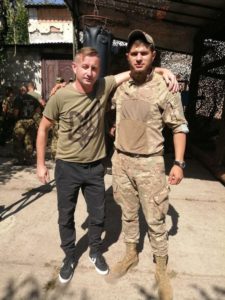
Da Vinci and Alina: Love on the front line
Dmytro Kotsiubaylo met his love, Alina Mykhailova, during the war. Alina worked as a volunteer paramedic with the Hospitaliery, and offered to deliver medicine and medical equipment to his unit.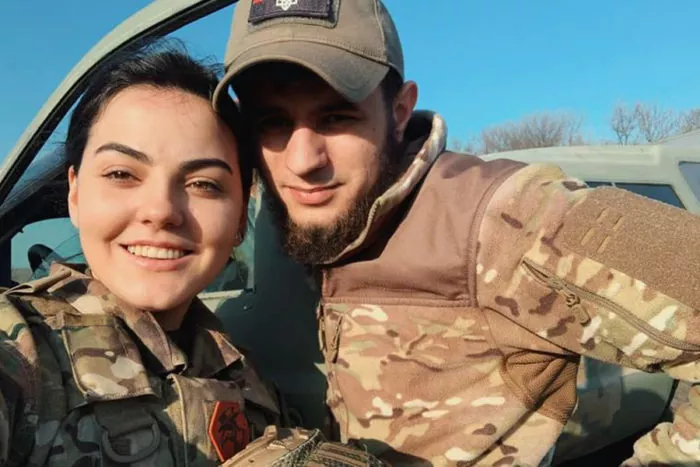
Trending Now
“I know that Dmytro worries about me, and I worry about him too. We both are very attentive to the needs of the soldiers, because Da Vinci is very protective of his men… and the guys know that. We’ve been together for six years now, during a time of war; that’s just the way it is. I can’t imagine our life in any other way, and neither can he… and that’s not so good,” said Alina in an interview with Ukraїner in January, 2023.
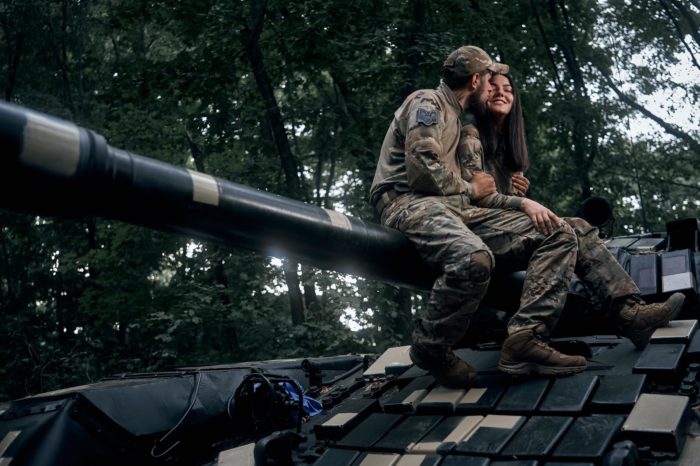
The Great War - 24 February 2022
Da Vinci’s military skills and experience came in handy in the first days of Russia’s full-scale offensive against Ukraine. In February-March-April 2022, the artillery group of the 1st Assault Company worked in different directions, hitting and destroying columns of Russian armored vehicles, halting the Russian advance near Kyiv, in the southern regions, and near Zaporizhzhia. Just before 24 February, Da Vinci’s unit was deployed to Stanytsia Luhanska and Shchastia, Luhansk Oblast. There was an unexpected number of Russian armored vehicles, pontoon crossings, and artillery along the river. The men knew it was more than a covert preparation for crossing the river. However, the situation in the Donbas turned out to be more stable than elsewhere. The enemy launched its main attacks against Kharkiv, Kyiv, and Kherson.“The enemy’s plan was to reach Zaporizhzhia and Dnipro through Kherson, to advance from Sumy to Poltava and to surround and destroy our troops on the front line through Kharkiv.” recalls Dmytro in an interview with Censor.net.As his men were highly trained fighters with years of combat experience, in the first months of the war, the Da Vinci Wolves were deployed in several regions: Orikhove and Huliay Pole in Zaporizhzhia Oblast, near Brovary and Boryspil in Kyiv Oblast, then Mykolaiv, Kryvyi Rih, and Kherson.
“At that time, we had many experienced artillerymen, reconnaissance officers, and aerial reconnaissance specialists. The Leleka helped us detect Russian army columns. We spotted columns that were taking a break or had stopped somewhere in factories or abandoned buildings. On average, our artillery strikes neutralized at least three vehicles or more. Sometimes it was from 15 to 20 at once. We also destroyed their ammunition depots. Then, the Russians dropped everything and ran. Our artillery groups included medics and a few reconnaissance officers. We also had guys who were using NLAWs, which proved to be quite effective. Unfortunately, we didn’t have Javelins at that time.”
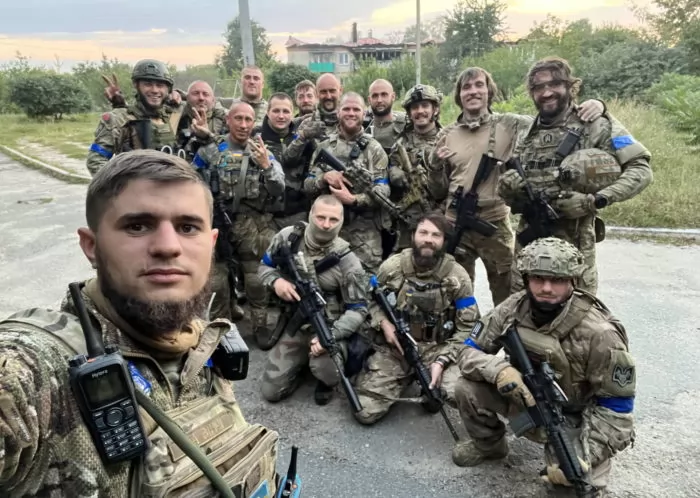
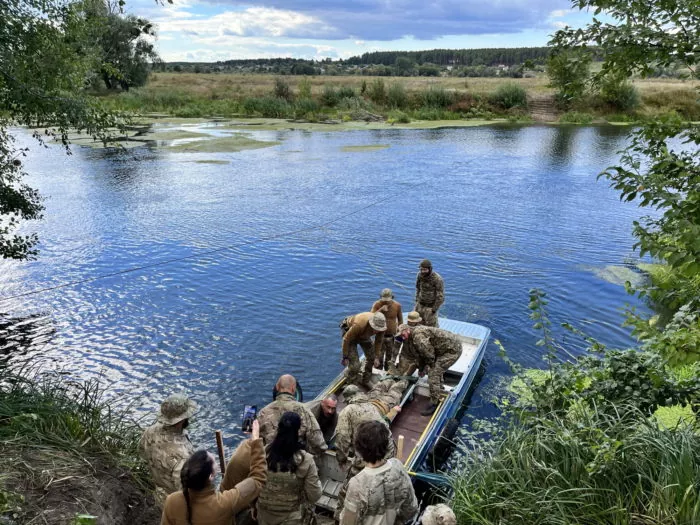
“80% of the villagers we liberated were Ukrainians who had lived under Russian occupation. They met us with flowers, tears and smiles. This operation was a success, because we managed to break through their defense, by about ten kilometers, and destroy their artillery. They were demoralized and most of them ran. The Himars were super effective. As we passed through areas abandoned by the enemy, we saw hangars with dozens of scorched equipment.”
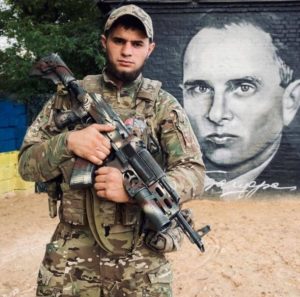
Death in Bakhmut
In a strange twist of fate, Ukrainian photographers Kostiantyn and Vlada Liberov were working in Bakhmut at the time of Da Vinci’s death on 7 March. They witnessed how Da Vinci led his men into attack, caught him in action, and recorded the last minutes of his short, but eventful life.“You drove a tank into enemy territory, and then led your men forward. They followed without hesitation, because they trusted you, their commander. We managed to snap the last photo of you on a burning tank. It happened before our very eyes. The shelling began… You told us to take cover. Explosions, many explosions. A minute later, screams: Medic! Medic! Da Vinci! We hoped and believed. We prayed. You were the bravest, the most reckless warrior we’d ever known. You seemed immortal! Hero of Ukraine. The best of the best. A warrior. A friend. A legend.” they wrote.
The Euromaidan generation – the end of youth
In his 27 years, Da Vinci lived harder, fought longer and hurt more than any young man or woman of his generation. Often referred to as the Euromaidan generation, these young Ukrainian men and women dropped their cushy office jobs, their athletic careers or carefree student life, took up arms and stood to fight the Russian invaders.Meet the singers, filmmakers, and sports stars who joined the Ukrainian ArmySuch were 25-year-old public activist Roman Ratushnyi, 19-year-old athlete Yevhen Malyshev, 33-year-old actor Pasha Lee, 25-year-old rower Ivan Shchokin, and many, many others. The war continues. The best of Ukrainians are dying, leaving a large gaping hole in this war generation.
